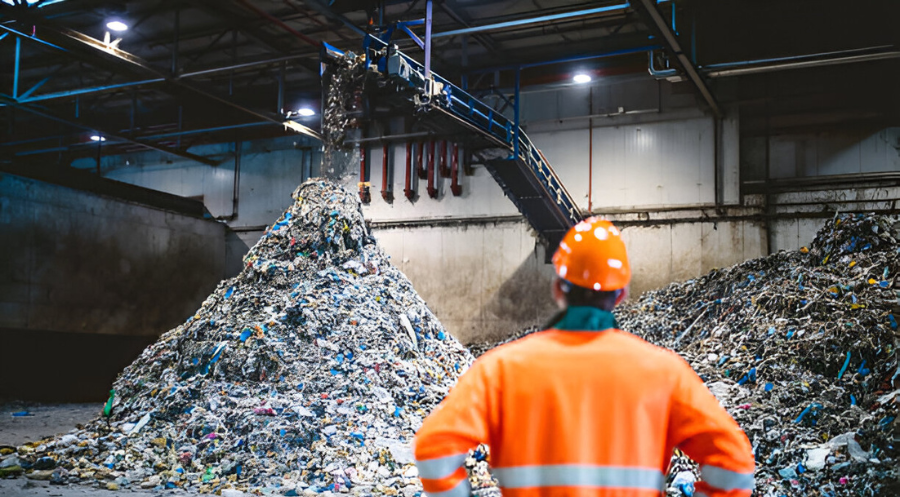Waste management refers to the process of collecting, transporting, processing, recycling, and disposing of waste materials in an efficient and environmentally friendly manner. It aims to reduce waste generation, minimize environmental impact, and promote sustainable resource use.

Waste Management
ITA > Waste Management
Waste Management: An Overview

Types of Waste
➤ Solid Waste – Household garbage, plastics, paper, and packaging materials.
➤ Liquid Waste – Industrial wastewater, sewage, and chemical waste.
➤ Hazardous Waste – Medical waste, radioactive materials, and toxic chemicals.
➤ Electronic Waste (E-Waste) – Discarded electronics like phones, computers, and batteries.
➤ Organic Waste – Food scraps, garden waste, and biodegradable materials.
Waste Management Methods
1- Reduce, Reuse, Recycle (3Rs)
Reduce: Minimize waste production.
Reuse: Extend product life by repurposing.
Recycle: Convert waste into new products.
2- Landfilling
Waste is buried in designated landfill sites.
Modern landfills use protective liners to prevent pollution.
3- Incineration (Waste-to-Energy)
Waste is burned at high temperatures to generate energy.
Reduces landfill use but may release pollutants.
4- Composting
Organic waste is decomposed into nutrient-rich compost for agriculture.
Environmentally friendly and promotes soil health.
5- Biogas Production
Organic waste is processed to produce methane gas for energy use.
Reduces reliance on fossil fuels.
6- E-Waste Recycling
Recovering valuable metals and materials from electronic devices.
Prevents toxic heavy metals from contaminating the environment.
